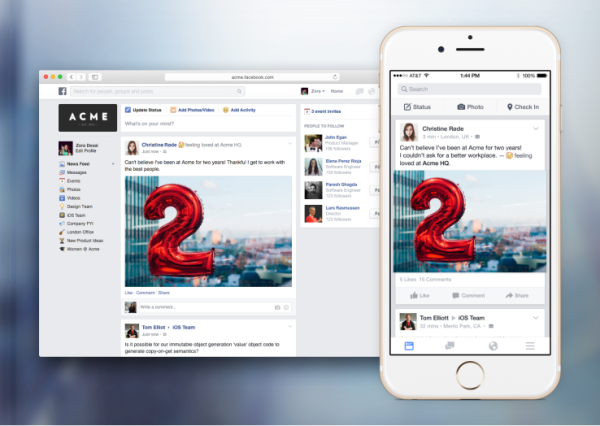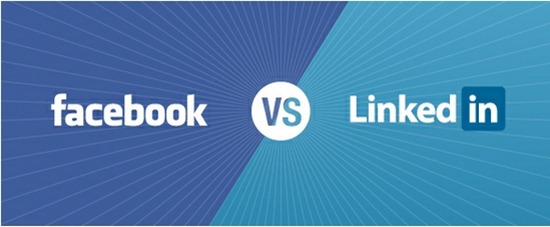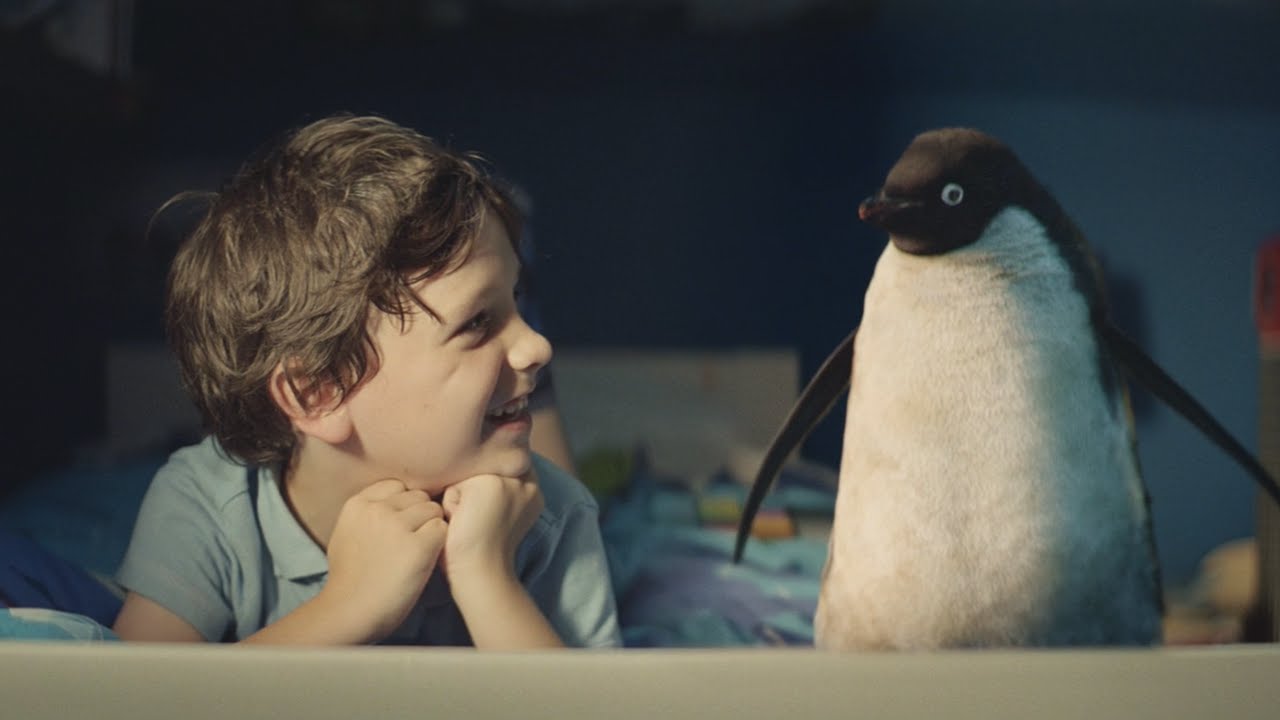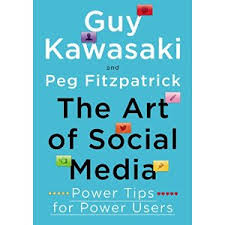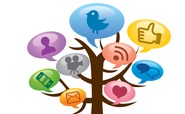One of the best parts of being in London is how delightfully energizing it is to make new business connections in this fantastic city. In those meetings, conversation often turns to what social and marketing campaigns and digital initiatives have particularly caught my attention by brands recently.
I think it’s particularly useful to look at digital campaigns and strategies through the Marketing RaDaR lens, as described by Nate Elliott of Forrester. Nate takes a no-nonsense approach to evaluating how businesses are tackling social and digital marketing. He reminds us — as if we should need reminding — that we should think about our channels as our customers do. Customers don’t think about paid, earned and owned channels. That’s for our convenience. Instead, he encourages us to think about Reach, Depth, and Relationship instead. I have found it helpful — because it helps focus on the purpose of that strategy. What do you really want to achieve? It’s hard, but not impossible, to do all three in one sitting. But it is more achievable to focus on one at a time.
What do Reach, Depth and Relationship mean in this context?
Reach — a focus on word word of mouth and discovery, to encourage a wider audience to discover what you’re all about. Reach can obviously go beyond social to in-world advertising and TV. But here, my focus is on digital and social.
Depth — a focus on telling the story, through websites, stores, salespeople — everywhere that customer might find you.
Relationship — a focus on working with existing customers, or those who have expressed an interest, and staying in touch with them.
So, with that in mind, here is a selection of interesting Reach, Depth and Relationship programs and strategies worth learning from.
Reach (B2C) — Family memories, made in the great Smoky Mountains
The context for this campaign was that the average family doesn’t know what the Smoky Mountains has to offer. This team found an influential blogger — James Kicinski-McCoy who lives in Tennessee — and sent her, and her family, to the Smokies for the first time. The blogger’s family was filmed by a Sundance award-winning documentarian.
The result was the Tennessee Bleubird campaign (yes, that is how you spell it, and I do it wrong every time I type it). It is a charming film.
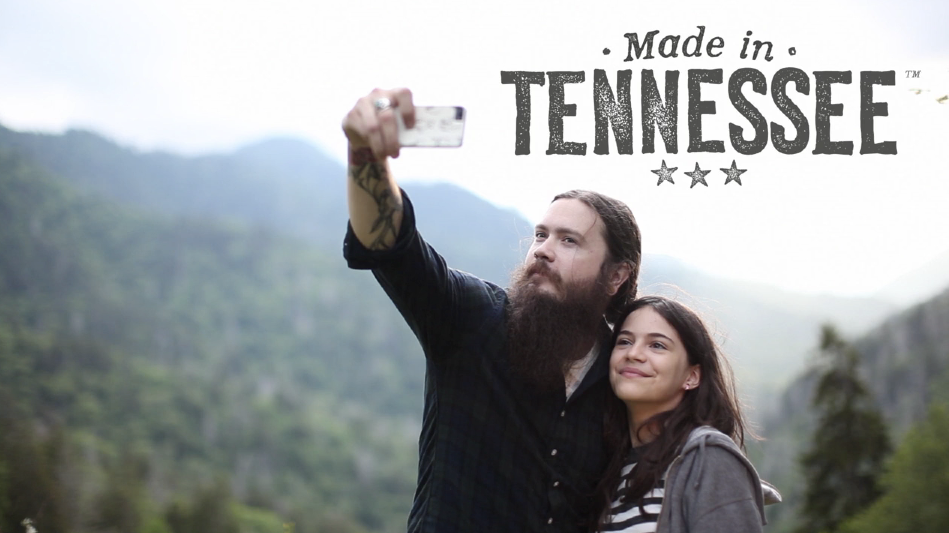
Family Memories. Made in East Tennessee from TNVacation on Vimeo.
But the creativity didn’t end there. It also came also in how they approached “reach.” They obviously needed as many people as possible to watch the film, but didn’t want to spend a huge amount on paid media. The first coup came in setting the film to an acoustic version of Dolly Parton’s “My Tennessee Mountain Home,” recorded by Ms Parton herself. She shared it to her millions of social followers. There simply couldn’t have been a celebrity more appropriate to the context, and having her involved was pure gold.
Second, the team got Rolling Stone to debut the film exclusively. In an online world where everything is everywhere instantly, and for free, giving an exclusive to the right outlet with a large audience, even for a short period, can give content a boost if that outlet agrees to high-level promotion. Within hours of the debut, the film had reached 30K views. With little paid media, the campaign generated 1.7M social impressions, 131K social engagements, and thousands of potential visitors. The campaign team quotes an increase in total travel to the region by 10-12% for the quarter in which the campaign ran.
You can read more about the Tennessee Bleubird campaign here: bit.ly/1p7xeHa
Relationship (B2B) Autodesk
Autodesk is a world leader in 3D design, engineering and entertainment software, and last year they launched what they called a Total Community strategy, involving Facebook, Twitter and a community hub built on Lithium. This community involves a group of Expert Elite users from around the world — individual community members who have made extraordinary contributions to the community. The hub also includes a really detailed Knowledge Network, webinars, and other educational tools. The community now has upwards of 1.4 million registered users.
What makes this strategy so successful, is that it builds on the knowledge of the crowd. It gives community members a chance to share knowledge and expertise — because people who know and understand complex products like Autodesk really honestly do want to share and help one another. The community enables new users to ‘help themselves’ when they have a problem to solve. Building a community like this, in pre-social days, would have been different. Today’s users understand the value of sharing, commenting, and participating. The Lithium platform builds in ‘kudos,’ which lets users vote up the contributions of other users — an inherently social activity.
You can read more about the Autodesk community on Lithium’s blog.
Relationship (B2C) Sephora
The BeautyTalk community on Sephora has, for quite some time, been one of my ‘go to’ examples of great community building — and dates all the way back to 2010. (I can’t really believe it’s been that long, but the Lithium blog says it launched in September 2010, so it must be true.) On the BeautyTalk community, makeup experts answer pressing questions from other experts for no other reward than being helpful and knowledgeable. It’s a wonderful thing.
Depth (B2C) Adobe’s Photography Program
There’s nothing like a change in pricing or availability of a product used by a large and vocal community to challenge a brand. As if moving the entire Adobe suite of products to an online model wasn’t sufficiently complex enough. Adobe took the challenge of finding, and informing, their users everywhere on the changes head on. And with humor, grace, and humility. It was impressive.
Adobe showcased original creative on all their social channels using a funny cast of characters, all very unique — just like Adobe users themselves — and all complaining about Adobe. At first.
One of the aspects I liked the most was making “real time” cover photos for social channels that included real quotes from real users.

Adobe’s primary goal was to drive awareness and adoption, and to reduce negative sentiment, and they indicate they managed to turn negative sentiment around into a significant positive sentiment increase.
You can read more about the Photoshop “for everyone” Photography campaign on Adobe’s blog.



